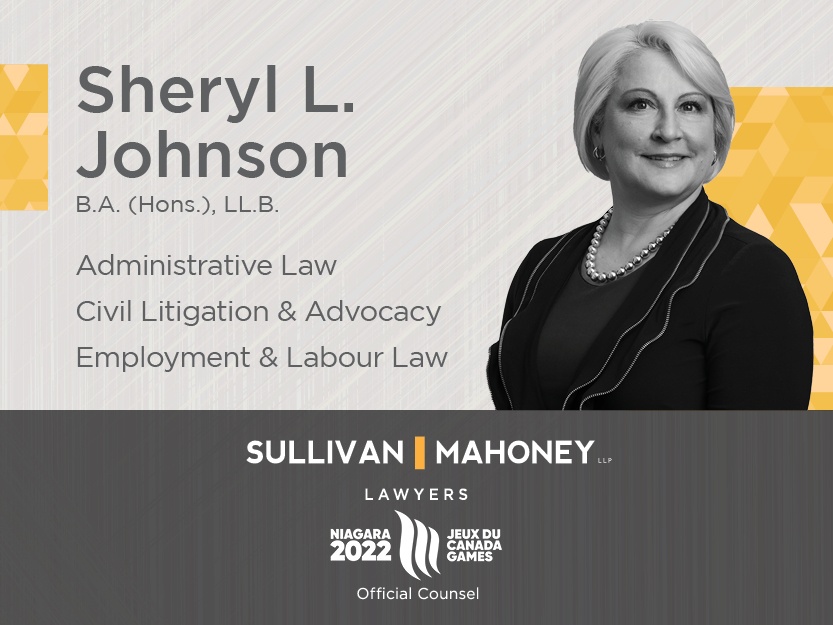Prime Minister Mark Carney emerged victorious after Monday’s federal election, with Canadians voting in favour of giving the Liberal Party a fourth consecutive mandate. While major questions remain–namely how Carney will govern and who will hold the balance of power in the House of Commons– serious regional challenges also lie ahead as the new government begins the work of contemplating how to deliver on its campaign commitments.
Although the Liberals won both the seat count and the popular vote, the electoral map reflects a deeply divided nation in terms of regional representation. Voters in Atlantic Canada and Quebec responded positively to Carney’s message of standing up to President Donald Trump, while suburban voters in the 905, Southwestern Ontario, and Metro Vancouver backed Conservative Leader Pierre Poilievre’s framing of affordability as the election’s central issue. As expected, the Conservatives maintained a strong grip on the Prairie provinces.
Both the Bloc Québécois and the NDP return to Ottawa with a reduced seat count. NDP Leader Jagmeet Singh resigned on election night after losing his own seat, and based on the current standings, it remains unclear whether the party will be able to negotiate its way into retaining official status in Parliament.
Beyond Canada–U.S. relations and pocketbook issues, one of the campaign’s major themes was how best to jumpstart Canada’s economy. During the campaign, Carney pledged to “aggressively develop projects that are in the national interest in order to protect Canada’s energy security, diversity our trade, and enhance our long-term competitiveness – all while reducing emissions. We can lead the energy transition while ensuring affordable energy at home and building the strongest economy in the G7.”
Bloc Québécois Leader Yves-François Blanchet has signaled interest in supporting the Liberals on mutual policy priorities. However, he warned that support would hinge on Carney recognizing that “there’s no future for oil and gas, at least in Quebec and probably elsewhere. And this has to be said and protected.”
Without a commanding majority at his disposal, Carney will need to negotiate with opposition parties to pass legislation and get his agenda implemented. And with the Liberals gaining seats in Quebec, it’s likely some of Carney’s own caucus members share similar views on energy development.
Meanwhile, in Alberta, Premier Danielle Smith introduced legislation this week to lower the threshold of signatures required for citizens to launch referendums on both constitutional and non-constitutional matters. As talk of western separation resurfaces amid fragmented regional election results, the province appears set to intensify its advocacy for greater autonomy and local priorities.
The election may have been the sprint but now comes the marathon. Carney faces early pressure to deliver results, both on the international stage when it comes time to meet with President Trump face to face in the coming days, and at home, where regional tensions and minority government realities demand careful navigation.
Now, Carney must prove that “experience” was more than a campaign slogan, and that he is prepared to unite a divided country in pursuit of shared prosperity.

Josie Sabatino is a Senior Consultant at Summa Strategies, focused on providing strategic insight and helping clients meet their objectives in an ever changing and complex political and regulatory environment. Prior to joining Summa, Josie spent nearly a decade in political communications and most recently served as the Director of Communications to the Hon. Erin O’Toole, former Leader of the Official Opposition.






